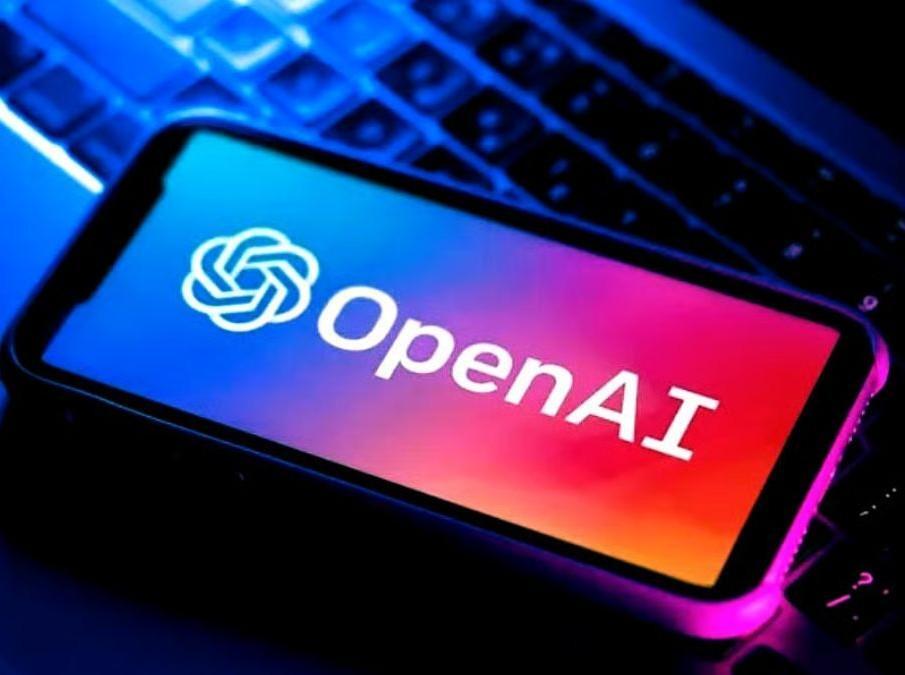
OpenAI Releases Downloadable AI Models for Public, Offline Use
In a groundbreaking move, OpenAI has released two AI models, gpt-oss-120b and gpt-oss-20b, allowing anyone to download and run the full model on their own computer. This significant development marks the first time since 2019 that OpenAI has made its AI models accessible for public use without requiring internet access, expensive subscriptions, or permission from the company.
The release of these AI models is a significant milestone in the history of artificial intelligence, as it gives individuals and organizations the power to harness the capabilities of AI without being dependent on cloud-based services or relying on OpenAI’s infrastructure. With these models, users can run AI-powered applications locally, on their own devices, without the need for internet connectivity.
What are gpt-oss-120b and gpt-oss-20b?
gpt-oss-120b and gpt-oss-20b are two AI language models developed by OpenAI, designed to generate human-like text based on the input provided. These models are based on the transformer architecture, which has been widely used in natural language processing (NLP) tasks. The models are trained on a massive dataset of text, allowing them to learn patterns and relationships in language, enabling them to generate coherent and context-aware text.
The main difference between the two models is the size of their training datasets. gpt-oss-120b is trained on a dataset of approximately 120 billion parameters, while gpt-oss-20b is trained on a dataset of around 20 billion parameters. The larger model, gpt-oss-120b, has been trained on a much larger dataset and is capable of generating more complex and nuanced text. However, both models are designed to be highly accurate and capable of generating high-quality text.
Why is this significant?
The release of these AI models is significant for several reasons:
- Decentralization: With these models, users can run AI-powered applications locally, without relying on cloud-based services or OpenAI’s infrastructure. This decentralization allows for greater control and flexibility in using AI.
- Offline access: Users can access and run AI-powered applications offline, without the need for internet connectivity. This is particularly important for areas with limited or no internet access.
- Cost-effective: By running AI models locally, users can avoid the costs associated with cloud-based services, such as subscription fees and data transfer costs.
- Customization: Users can customize and fine-tune the models to suit their specific needs and applications, without being limited by the constraints of a cloud-based service.
- Innovation: The release of these models will likely lead to the development of new AI-powered applications and services, as users and organizations explore the possibilities of offline AI.
What can you do with these models?
With these AI models, users can:
- Generate text: Use the models to generate text based on input prompts, such as article summaries, chatbot responses, or even entire articles.
- Translate text: Use the models to translate text from one language to another, without relying on cloud-based translation services.
- Summarize text: Use the models to summarize long pieces of text, such as articles or documents, into concise summaries.
- Create content: Use the models to generate content, such as social media posts, blog articles, or even entire books.
Conclusion
The release of gpt-oss-120b and gpt-oss-20b by OpenAI marks a significant turning point in the history of artificial intelligence. For the first time since 2019, individuals and organizations have the power to harness the capabilities of AI without being dependent on cloud-based services or relying on OpenAI’s infrastructure. With these models, users can run AI-powered applications locally, without the need for internet access, expensive subscriptions, or permission from OpenAI.
The implications of this release are far-reaching, and it is likely to lead to a new wave of innovation and creativity in the field of AI. As users and organizations explore the possibilities of offline AI, we can expect to see the development of new AI-powered applications and services that will change the way we live and work.
Source:






